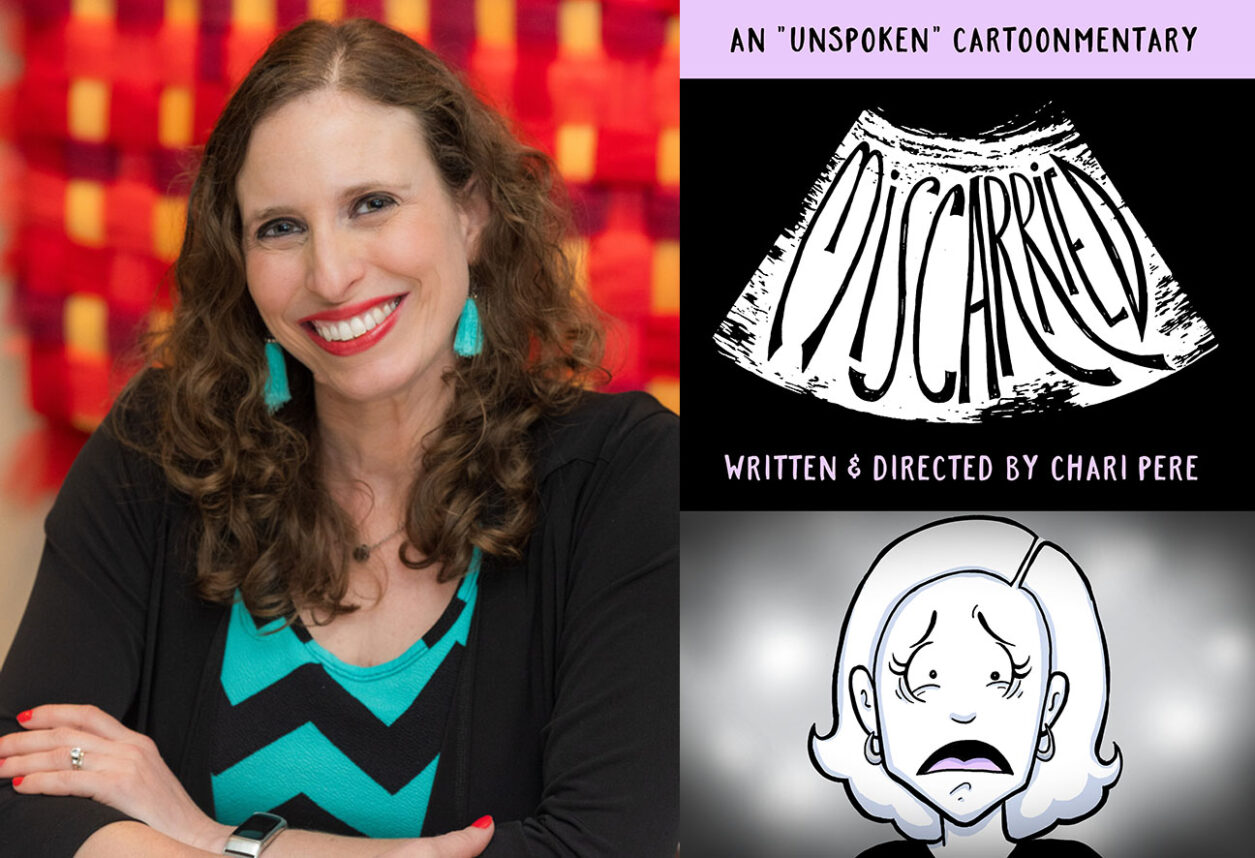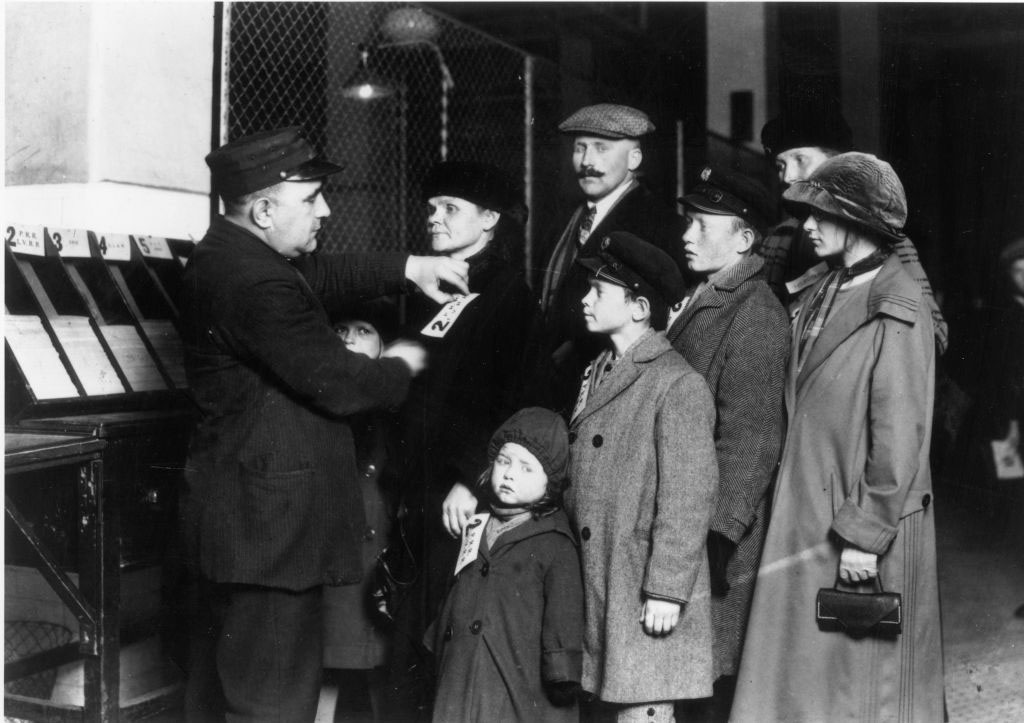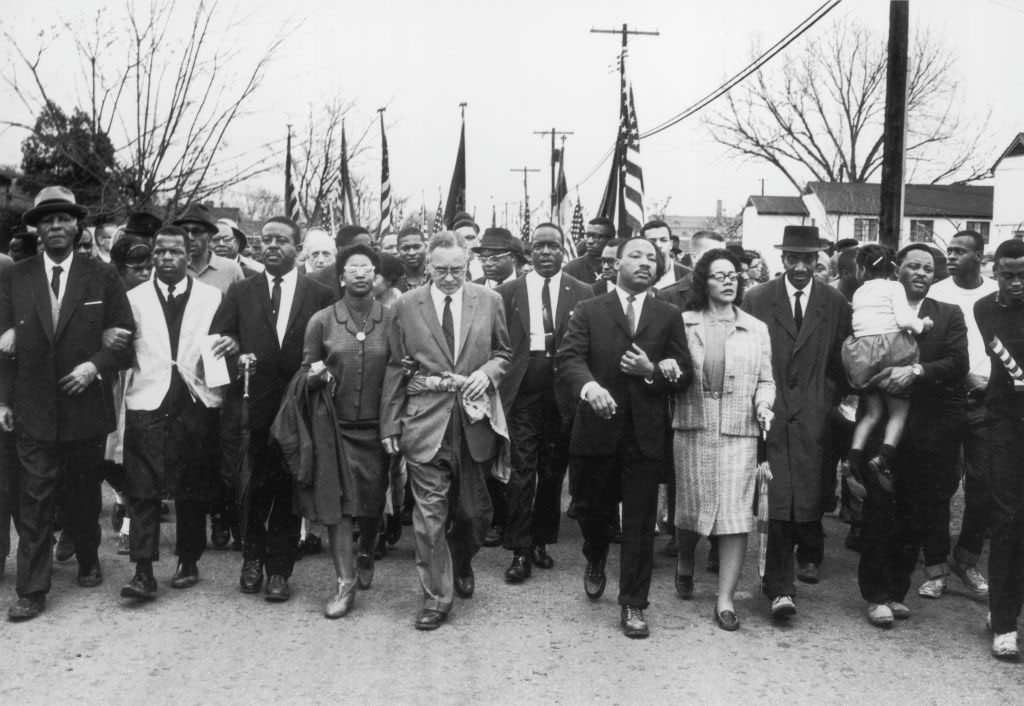The Torah is timeless; its laws binding for every generation. The Sages are the masters of the Oral Law; we accept their legal authority.
Does it follow then that we may never reassess rabbinic practices, even when circumstances change? Or, is it the case that such reassessments have frequently historically occurred? If they have, on what grounds have they occurred? Where are the lines to be drawn? And would not these reassessments constitute an affront to our Sages’ wisdom? These questions came to the fore in response to my post last week concerning the blessing “shelo asani isha”, and to my assertion that we should be using a halachik strategy to omit it from our daily blessings. And these questions richly deserve thoughtful response.
In broad terms, the Torah immovably and eternally anchors our values and our deeds, and it is our Sages who teach us what the Torah means. Thus, for example , Shabbat and its 39 categories of “work”, the laws of forbidden sexual relationships and who and what are included in them, and the mitzvah to preserve life as well as the extent we must go to do so, are our fixed stars.
But another legal function that our Sages perform is to apply (as opposed to interpret) the Torah’s eternal values and commands to the circumstances of real life. And the halachik record shows that when the circumstances of real life dramatically change, the Sages’ original application of the law can change along with them. This is particularly true when the original application is now seen as potentially harmful in light of the current, changed circumstances. Why is this process not considered an affront to the wisdom of the Sages? Why is it not deemed as an undermining of the Sages’ authority? The answer is, that while we revere our Sages for their wisdom, we have never ascribed to them the gift of prophecy. We have never expected that they would possess the capacity to anticipate realities that would unfold centuries or even millennia after they lived. And they never expected this of themselves.
A few examples to illustrate the point:
The Talmudic Sages applied the Torah’s command that we distance ourselves from idolatry to the circumstances of their marketplace, thus generating prohibitions on engaging non-Jews in commercial transactions that might in some way contribute to the latter’s religious practices. But centuries later the Jews of early medieval Ashkenaz were facing changed circumstances in which their ability to make a living depended entirely on conducting business with their Christian neighbors, including in ways and at times that the Talmud had forbidden. A number of reasons for leniency were offered by the great rabbinic voices of the day. One of those voices belonged to Rabbenu Yitzchak who cited the radically changed circumstances of Ashkenaz. “[These rabbinic practices were applicable] only in their days, when many Jews lived together [in a self-sustaining community]. We are today found among the nations, and we would have no way of earning money if we did not transact with them” (Tosafot, Bava Metzia 70b, and Avoda Zara, 15a). The circumstances of the marketplace had dramatically changed. Rabbenu Yitzchak intended no offense to the Sages of old.
The Talmud ruled that a twice-widowed woman must not be allowed to re-marry, for it had reason to believe that she posed a life-threatening danger to any would-be third husband. This was an application of the Biblical mitzvah to safeguard life. By Rambam’s time however, rabbis no longer believed that any such danger existed. As a result, the Sages’ law no longer had the effect of safeguarding a man’s life, rather only reducing a widow’s life to lonely misery. Thus, Rambam and others supported a practice in which “we counsel the widow that if someone were to betroth her, we (the Bet Din) would not compel them to divorce”, and when and if such a betrothal actually occurs, “the Beit Din writes her a ketuba, since she has already been betrothed.” (Cited in Kesef Mishnah to Laws of Forbidden relations, 21:31) The application of the law had to change according to the changed circumstances.
Rabbi David Tzvi Hoffman, writing in Germany in the 19th century, acknowledged that the rabbinic tradition up to his day was to exclude public Shabbat-violators from counting toward a minyan. The logic was that those who removed themselves from the normative community should not be recognized. But observing the radically changed circumstances of his place and time, in which Jews who observed Shabbat were thought to be odd, and the non-observers were thought to be “normal”, he concluded that the the original logic didn’t apply any longer, and that the original practice shoudl therefore be changed. (Melamed L’ho’il #29) He was simply living in a circumstance that his predecessors couldn’t have imagined.
Many more examples could be cited (for example Hillel and Pruzbal, the normative halachik practice to violate Shabbat in order to save fetuses in the eight month of gestation). And the argument is strong for taking the same approach to the way that the Talmudic Sages’ applied the Biblical mitzvah to praise God. There was a time when to praise God for not being a woman was neither insensitive nor an obstacle in the way of crucial religious progress. But our circumstances are different.
None of the rabbis who reassessed earlier practices intended to offend, and one can be certain that no offense would have been taken. Reassessing rabbinic practice in light of radically changed circumstances is a healthy and necessary part of the halachik process.
What the precise mechanisms are for this reassessment, and how exactly the process is to unfold, are very important questions without crisp answers. But the general guideline is provided by the amora Raba, who told his students that after he dies they “should not tear up his rulings [even if they seem problematic], for if I were alive, I might be able to explain my reasons. But neither should you simply accept them, for a judge should be guided only by what his eyes see” (Bava Batra 131a)





















 More news and opinions than at a Shabbat dinner, right in your inbox.
More news and opinions than at a Shabbat dinner, right in your inbox.